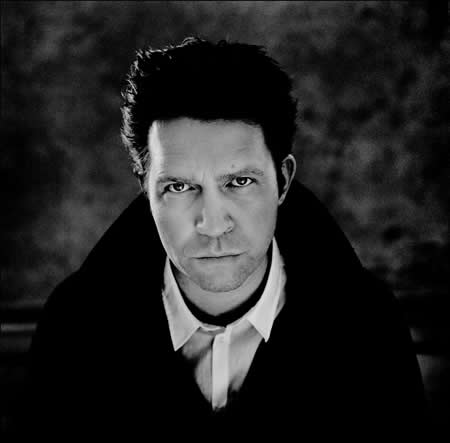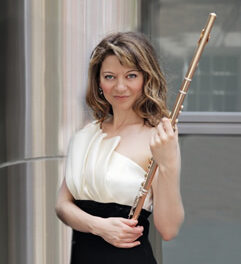This program by the Chamber Orchestra of the Triangle neatly complemented the Hungarian program by the North Carolina Symphony from the previous evening – imagine! Eight twentieth-century works in less than twenty-four hours!
The COT began its afternoon at the Carolina Theatre with a rarely heard work by American composer Paul Creston (1906-1985, born Giuseppe Guttoveggio in New York, as conductor Muti noted prior to the performance). Creston is perhaps best known for his works for concert band, but also produced a substantial body of works for orchestra, including “A Rumor,” Op. 27, from 1941 and heard on this program. This brief piece resembled the game of “Telephone,” where a piece of news is passed orally from person to person, and transformed as it goes. Creston’s “Rumor” began in the winds, and developed into a piece that drew, surprisingly enough, on the idioms of Broadway or Tin Pin Alley (unlike the contemporaneous works of Copland which drew for their populist tone on music safely remote from New York City). The work demonstrated a liability that seems to be characteristic of not only the COT, but contemporary orchestras in general, which is that the level of playing in winds was more secure and better-tuned than the strings. It is not fair, but true, that the string player must start much earlier (and devote many more hours) to achieve an equal level of polish with the wind players, something true nationally and internationally.
The Concerto Grosso No. 1 by Ernest Bloch (1880-1959) is a neo-classical work that is hard to place in terms of idiom, with a first movement (marked pesante) that recalled the way Bach was heard before the historical-performance folks lightened him up, followed by a Dirge with quasi-modal harmonies, a Pastorale with rustic dances, and finally a concluding Fugue. It all seemed like too much elaboration of too little imaginative material, and with too heavy a touch.
After intermission, another modern re-invention of older styles was offered, Ottorino Respighi’s The Birds, with a Prelude followed by musical portraits of the dove (or pigeon, if you like), the hen, the nightingale, and the cuckoo, originally from the pens of Pasquini, Gallot, Rameau and Van Eyck, and re-arranged by Respighi. Here the winds seemed to be consistently sharper than the strings, and the electronic substitute for the celesta was amplified so that it poked out above the texture, rather than blending in. More seriously, the rhythm seemed slack and imprecise, without the attention to detail of gesture that is needed to bring baroque or neo-baroque writing to life.
The most satisfying work on the program was the concluding Variaciones Concertantes by Alberto Ginastera, with successive variations featuring different members or sections of the ensemble after the theme is offered by a solo cello with harp. There were still some moments of weak ensemble tuning, but also some fine solo work, particularly a lovely cantabile from contrabassist Michael Ashton in the reprise of the theme before the tutti finale. A program which focuses on works like this would allow the COT to showcase its assets. Does that mean a more contemporary idiom, with more spotlight on the winds? Perhaps it does.












